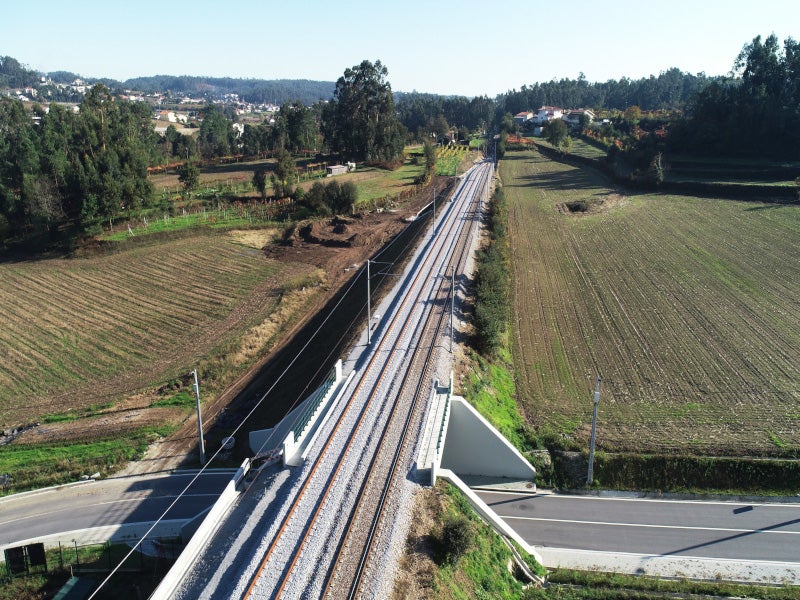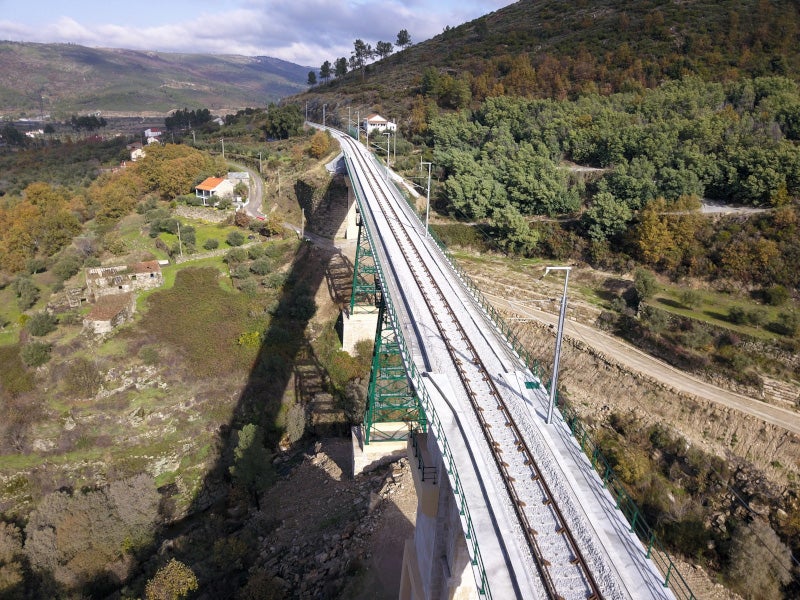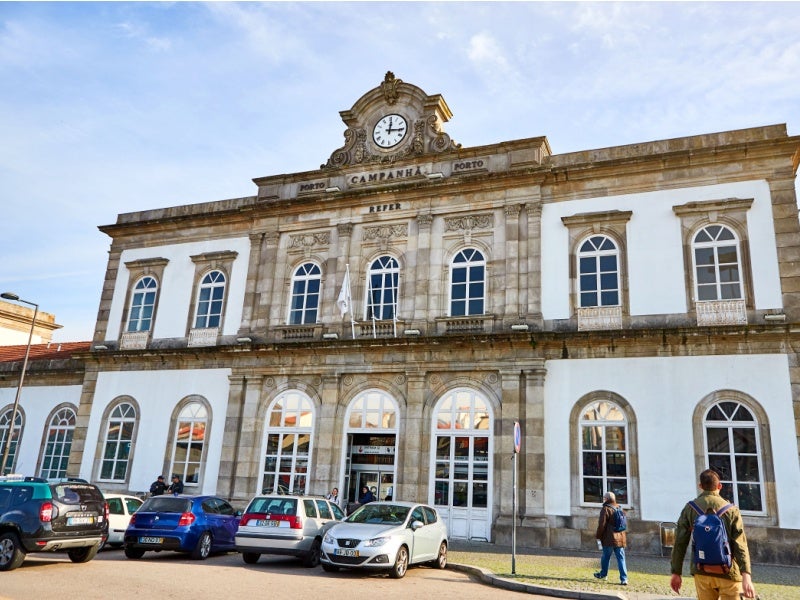The 290km Porto-Lisbon high-speed rail line (LAV) is being developed between Portugal’s two principal metropolitan areas Porto and Lisbon. It will feature an electrified double-track design for high-speed trains.
The Portuguese Government publicly unveiled the project in September 2022 and made the official announcement in March 2023. It forms an integral part of the National Investment Plan 2030 (PNI 2030).
Infraestruturas de Portugal (IP), the national rail infrastructure management company, will oversee the project’s execution, which will proceed through a mix of public-private partnership (PPP) contracts and conventional procurement methods.
IP initiated the tender process for the first concession of the LAV line in January 2024, focusing on the stretch between Porto (Campanha) and Oia.
The construction will be phased, starting in 2024 and concluding after 2030.
Porto-Lisbon high-speed line details
The new Porto-Lisbon high-speed railway line spanning approximately 290km will connect Porto-Campanha and Lisbon-Oriente stations and operate on a 1,668mm Iberian gauge.
The line will have multiple connections to the conventional railway network, including existing stations at Aveiro, Coimbra, and Leiria, which will be adapted for LAV high-speed services. The trains operating on the LAV will also serve the current long-distance routes, significantly reducing journey times and improving service quality for a wider range of destinations outside the immediate project area.
A new station in Vila Nova de Gaia, located in the Santo Ovidio area, will be developed.
The existing railway stations along the route, including the Porto-Campanha station will undergo modifications to accommodate the high-speed trains and offer new passenger services.
LAV route details
The new LAV route is set to traverse key cities, including Aveiro, Cantanhede, Coimbra, Leiria, Marinha Grande, and Porto de Mos, before culminating in Lisbon.
Porto-Lisbon high-speed line phases
Construction on the 143km phase one of the project between Porto-Campanha and Soure will commence in 2024 and is expected to be completed by 2028. It includes a new railway crossing over the Douro River, between Porto and Vila Nova de Gaia along with five, 47km single-track connections to the conventional network to ensure accessibility to other cities in northern Portugal.
Construction on phase two of the project, comprising the route from Soure to Carregado, will start in 2026 and finish by 2030 while the final phase from Carregado to Lisbon-Oriente is scheduled for completion post-2030.
The final segment of the route will include a new bridge over the Douro River, upstream of Ponte de Sao Joao, combining road and high-speed rail in a single structure, with the latter on the upper deck.
The phased development of the LAV allows for early realisation of benefits and aligns investment with Portugal’s financial capacity and community funding availability.
Financing
The European Investment Bank (EIB) is investing approximately €3bn ($3.24bn) to fund phase one of the project.
Sustainability features
The project aligns with EU objectives, promoting sustainable transport and contributing to the EIB’s cohesion, climate action, and environmental sustainability goals.
The EU Sustainable and Smart Mobility Strategy will be integrated into the LAV, aiming to double high-speed rail traffic by 2030 and achieve carbon-neutral public transport trips. It will cut greenhouse gas (GHG) emissions by at least 55% by 2030 compared to 1990 levels, targeting a reduction of three million tonnes of CO₂ equivalent by 2050.
Contractors involved
The urban studies contract for the Porto-Campanha Station was awarded to BAU-B Arquitectura i Urbanisme, a Spanish design practice for urban design and architecture.
Porto-Lisbon high-speed line benefits
The primary goal of the LAV project is to establish a state-of-the-art, efficient, and high-quality railway link between Porto and Lisbon. The two cities are currently served by the Alfa Pendular high-speed trains. The new line will reduce the time taken for a direct trip between Porto and Lisbon from two hours and 49 minutes to one hour and 15 minutes.
The new line will improve the current Northern Line, repurposing it for regional, suburban, and freight transport. The improvements will reinforce the capacity and efficiency of the national railway network, enhancing the quality and competitiveness of both passenger and goods rail transport.
The Porto-Lisbon high-speed line will stimulate new urban developments and enhance connectivity between key demographic and economic centres, reducing road accidents and congestion. It also represents a significant extension to Spain, further integrating Portugal into the expansive European high-speed rail network.




